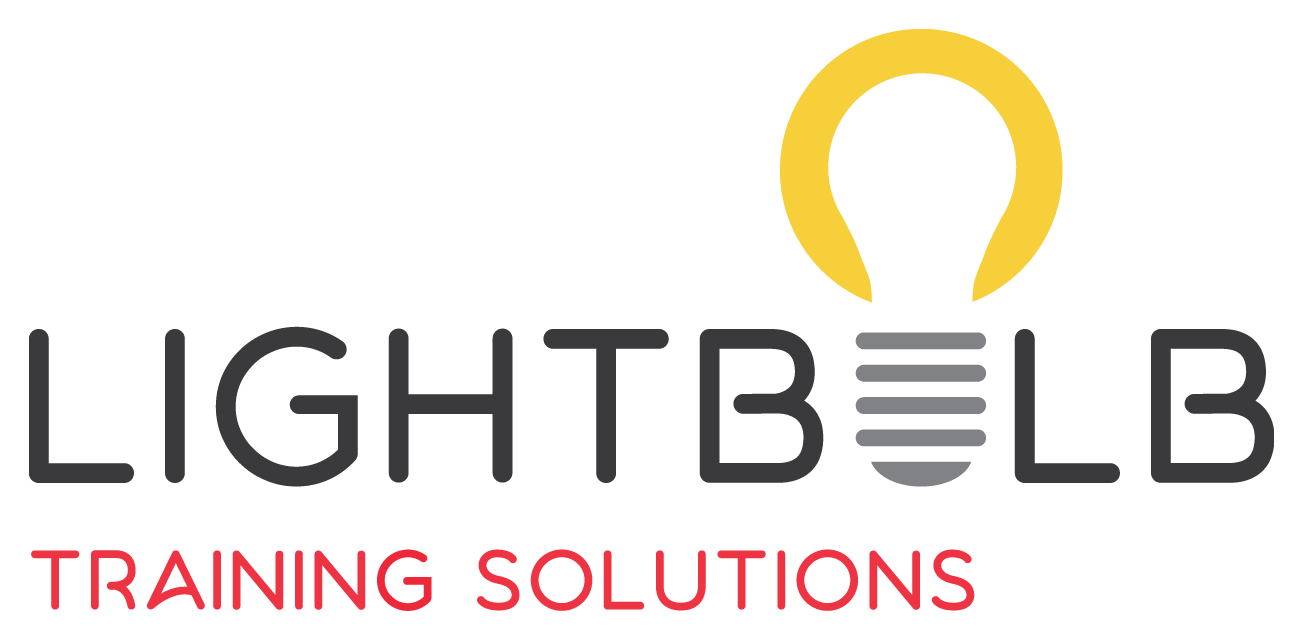The pros and cons of customer surveys via email
How do you feel when a business sends you a survey via email? Do you cringe and immediately hit delete? Do you open to see if there are freebies or discounts for completion? Do you smile and say to yourself “oh how wonderful that this business wants my feedback, I will stop everything and complete it now!”
Your response can of course be related to your feelings about the business. Your last interaction with them could have been horrible so the chance to tell them what you think could be enough to get you furiously typing. Alternatively, maybe you like the business, but do you really have time to do their work for them?
Whatever your feelings about email surveys, finding out what customers like and dislike about products and services should be at the top of your list of things you do - consistently.
Before you hit send on an email survey, weigh up these 3 pros and cons.
Positive
1. You have access to a range of on-line survey options ie: Survey Monkey, TypeForm, Google Forms. You can choose the one that works best for you and your customers and they are filled with options to help you design and deliver professional surveys. Create a template once and you can re-use it repeatedly.
2.You can engage a provider who specialises in customer surveys. They will write the questions, collate the responses and provide you with the reports, statistics and recommendations. Nothing for you to do but sit back and wait for the data.
3. You can reward customers for their time. Surveys that include a discount, a small gift or a “refer a friend” bonus are more likely to be completed. It’s a time effective way to keep in touch with your customers, remind them of your products and services and encourage them to share your services to their friends and family.
Negative
1. You need to choose wisely. Nothing annoys happy customers faster than surveys that take too long, are sent too often or ask irrelevant questions. Get it wrong and your good intentions of gaining valuable feedback can turn a once happy customer into an ex-customer.
2. It takes time to do it yourself. If you’re not tech or design savvy, the process of choosing the right platform, template and questions and then producing and interpreting data can turn a positive business process into just another thing on your procrastination list.
3. Surveys can make you fit in but not stand out. One email survey for all is often what large businesses use, but if you’re a smaller business, how your customers feel about your business shouldn’t wait until you send out a survey. You and everyone in your team should be standing out by routinely asking your customers what they like or dislike either face to face or over the phone. Immediate feedback allows you to offer genuine thanks, and unlike big businesses, you can make decisions and improvements that make a positive impact, on the spot.
No matter how you decide to gain feedback from your customers, make sure you’re not doing surveys in place of personal interactions. There is no better way to find out what your customers love, like and loathe than by speaking to them over the phone or face to face.
Don’t be afraid of negative feedback
I’ts hard to improve if you don’t know what your customers don’t like.
Want more help? Click here to download the 7 Mistakes business make when aiming to create a culture of service excellence.
By Cate Schreck - Author of 'The A-Z of Service Excellence'

